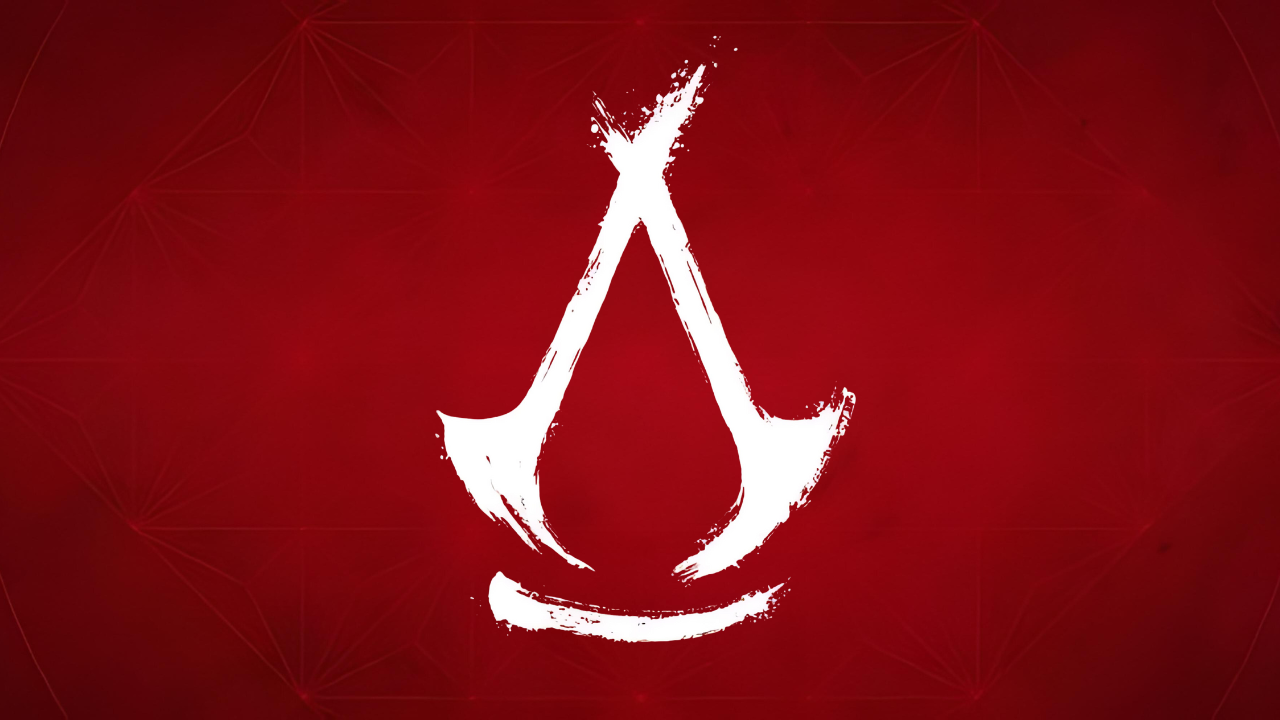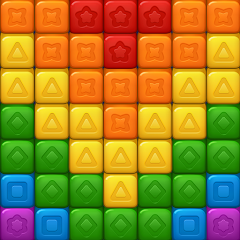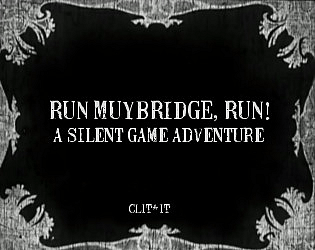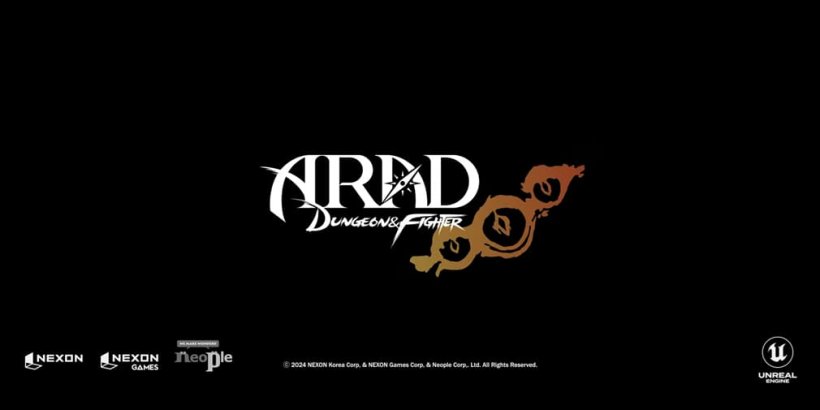Witcher: Sirens' Sea—Great Action, Shallow Plot
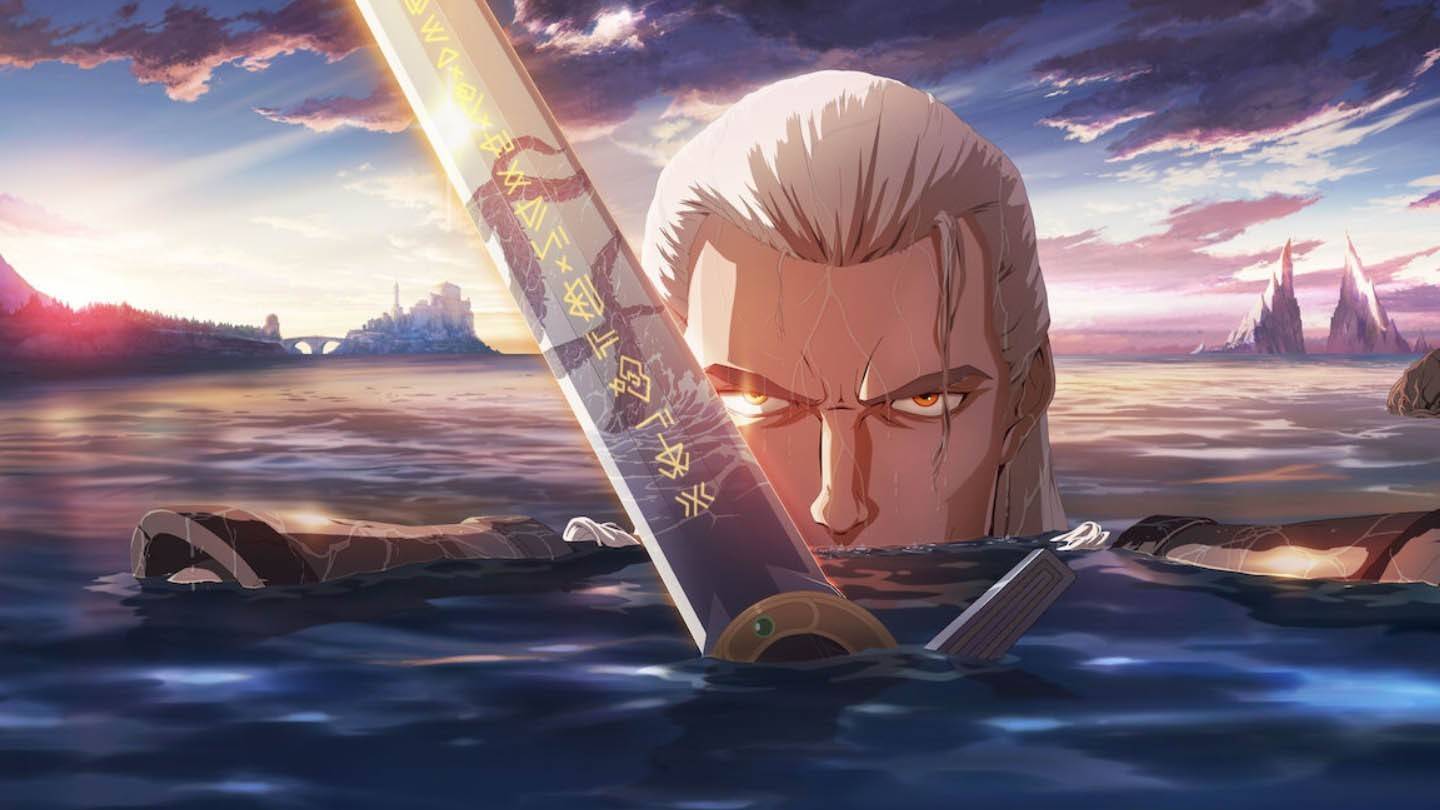
Exploring The Witcher: Sea of Sirens
Netflix expands its Witcher universe with The Witcher: Sea of Sirens, the second animated installment following Geralt's adventures. This coastal tale explores human-merfolk tensions through stunning visuals and combat sequences, though its narrative depth falls short of expectations.
Plot Overview
Adapted from Sapkowski's "A Little Sacrifice," the story follows Geralt and Jaskier investigating sea monster attacks in Bremervoord. The film introduces new elements to Agloval and Sh'eenaz's tragic romance while exploring Lambert's backstory, though some narrative choices stray from the original material.
Visual Excellence
Studio Mir delivers remarkable underwater sequences with creative merfolk designs blending aquatic and dryad elements. The Elder Speech dialect adds cultural depth, though character consistency occasionally falters between animation and live-action portrayals.
Action and Story Critique
While combat scenes dazzle with energy and brutality, they often prioritize spectacle over Witcher-style strategy. The narrative attempts to balance multiple themes but suffers from tonal inconsistencies and underwhelming character development, particularly with Eithne's portrayal.
Comparative Analysis
Unlike the emotionally resonant Nightmare of the Wolf, Sea of Sirens struggles with narrative cohesion. Its visual achievements partly compensate for storytelling weaknesses, offering an entertaining watch that die-hard fans may appreciate despite its flaws.
Future Implications
The film's mixed reception highlights challenges in adapting beloved franchises. As Netflix continues expanding the Witcher universe, this installment serves as both inspiration and caution for balancing creative vision with source material faithfulness.
Viewer Recommendation
Devoted Witcher enthusiasts will find value in the film's world-building and novel interpretations, while those seeking narrative depth may be disappointed. Ultimately, Sea of Sirens succeeds as a visually captivating expansion of the universe, if not a storytelling masterpiece.
-
Assassin's Creed Shadows represents a massive addition to Ubisoft's ever-expanding historical franchise. Whether you're approaching Shadows as your first entry in the series or returning after an absence, here's essential background information.FeatuAuthor : Natalie Oct 12,2025
-
The Ultimate Gaming Processor: AMD Ryzen 7 9800X3DFor PC builders seeking the ultimate gaming processor, the recently restocked AMD Ryzen 7 9800X3D AM5 stands out at its retail price of $489 on Amazon. This processor outperforms all current offeringsAuthor : Penelope Oct 12,2025
-
 Stronghold KingdomsDownload
Stronghold KingdomsDownload -
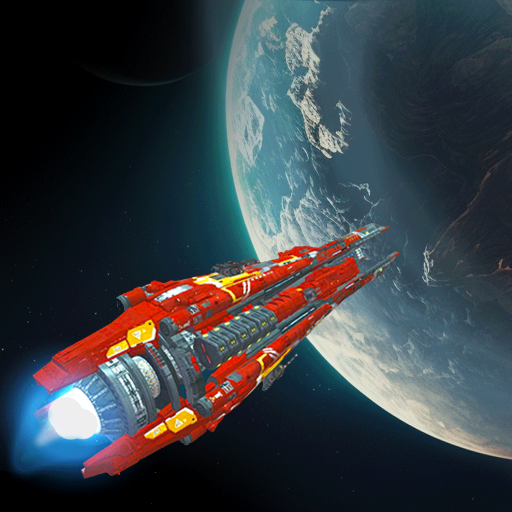 Stellar Wind IdleDownload
Stellar Wind IdleDownload -
 Tile ConnectDownload
Tile ConnectDownload -
 Full Mods BattleDownload
Full Mods BattleDownload -
 Evil ClownDownload
Evil ClownDownload -
 Tie Dye: T Shirt Design GamesDownload
Tie Dye: T Shirt Design GamesDownload -
 Cherry Master 92Download
Cherry Master 92Download -
 Happy Landlords - the most fun card gameDownload
Happy Landlords - the most fun card gameDownload -
 Primary School QuestionsDownload
Primary School QuestionsDownload -
 Superhero Run - Epic Race 3DDownload
Superhero Run - Epic Race 3DDownload
- Stardew Valley: How To Befriend Willy
- DISCOVERY CHANNEL TO UNVEIL CROSSOVER IN 'Reverse: 1999' 2.0
- Crunchyroll Game Vault adds Battle Chasers: Nightwar, Dawn of the Monsters, Evan’s Remains and more
- Hotta Studio's Open-World RPG, Neverness to Everness, Announced
- Military Strategy Game Warpath Launches a Navy Update with 100 New Ships
- Half-Life 3 Speculations Spark Again as Risk of Rain Original Devs Join Valve's Game Dev Team

